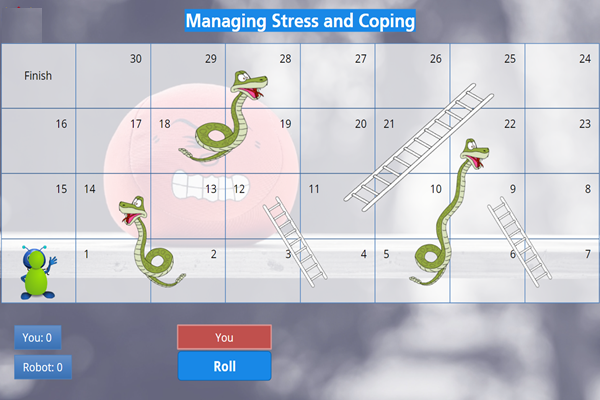Unit 5: Lesson 3: Preventing Disease, Promoting Health
Lesson 3: Preventing Disease, Promoting Health

Lesson 3: Preventing Disease, Promoting Health

Health science professionals such as doctors and nurses have suggested several different behaviors and actions that people can use to improve their health and wellness and reduce their risk for diseases and illnesses. Since many people wish to enhance or at least maintain their health, healthcare workers may have discussions with patients about various ways of preventing disease and promoting health. Healthcare professionals can also use the same advice to help keep themselves healthy.
Health check-ups are a joint facet of preventative medicine. Check-ups are regular health exams or appointments with a healthcare provider such as a doctor or nurse practitioner. These appointments are essential for several reasons. Regular check-ups allow doctors to record health information about a person over time. This can provide healthcare professionals with a baseline of the person's health, permitting them to notice deviations that might be signs of a health problem more efficiently. A regular check-up can sometimes help identify health issues and diseases earlier than waiting for obvious symptoms to appear. Earlier diagnosis can lead to a broader range of treatment options and a better chance of maintaining good health. In addition, regular check-ups can allow individuals to discuss health issues with their health provider. Healthcare professionals who participate in check-ups will record a patient's vital signs along with other information, such as the person's weight and age, and the practitioner will observe the patient for signs of illness, prescribe any tests or screening exams that the person should have, and talk to the patient about their health concerns.
In addition to regular health check-ups, health screening is essential for preventing disease and promoting health. Screening is a 'test or exam done to find a condition before symptoms begin.' Screenings aim to find a disease early when it is often easier to treat than when the disease has progressed. Healthcare professionals often screen for diseases such as diabetes, breast cancer, high blood pressure, high cholesterol, prostate cancer, cervical cancer, and osteoporosis. The screening tests used depend on age, sex, and family background. For example, only women are screened for cervical cancer, and only men are screened for prostate cancer. Generally, screening is also related to the age at which a person is more likely to have the disease. As osteoporosis is more likely to be found in older individuals, screening is more likely to happen as a person ages unless family history or other factors increase the patient's risk for the disease.
A 1963 poster encouraging polio vaccinations
Another joint preventative action is immunization, which strengthens the body against a known illness-causing agent. Immunization can occur in various ways; the most common immunization method is through vaccinations. Healthcare professionals have established guidelines for immunizations, noting which ones should be given at which ages and in what doses. For example, it is recommended that all newborns receive the hepatitis vaccine before leaving the hospital, and a second dose is recommended when the baby is one to two months old (with doses three and four coming as the baby ages). Today, immunizations help reduce the risk of many diseases and illnesses, including influenza, malaria, measles, mumps, polio, cholera, and anthrax.

People can also reduce their risk of disease and illness and promote their health and wellness by following recommendations for healthy living. These recommendations include exercising regularly, eating nutritious foods, getting enough sleep, and avoiding harmful substances like tobacco. Healthcare professionals may also recommend specific actions for individuals at risk for certain illnesses, diseases, or injuries. For example, someone with joint issues or at risk may be told to exercise, keep their weight healthy, and protect their joints when engaging in sports or other activities where joint injuries regularly happen.
Interactives

